Product Details
Our SHAVER BLADES & BURS are set apart by:
Very good cutting properties; Long service life and durability; Reusability; No metal abrasion; Well-fitting couplings
The benefits to you:
More convenience for operating personnel; Increased precision for surgical procedures; Savings with consumables; Shorter operation times
Cutting edge Material Types:
1. ultra-high anti-rust high wear-resistant stainless steel(AA)(HRC54°±2°Section)(regular stock)
2. general anti-rust ultra-high wear-resistant stainless steel(A)(HRC64±°2°Section)
The inner blade and outer blade are grinded with high speed by 6-axis 5-linkage CNC superhard grinding wheel (CBNC). The edge can be close to the mirror finish, super-sharp (relief angle can be 20 ° ~ 70 ° series), super clean and excellent cutting during surgery.

The surgical gadgets are smaller than traditional instruments. Surgeons view the joint place on a video monitor, and can diagnose and repair torn joint tissue, such as ligaments. It is technically possible to do an arthroscopic examination of nearly each and every joint, however is most generally used for the knee, shoulder, elbow, wrist, ankle, foot, and hip.
Complications
Arthroscopy is considered a low hazard technique with a very low prices of serious complications. Commonly, irrigation fluid may also leak (extravasates) into the surrounding gentle tissue, inflicting edema which is normally a temporary phenomenon, taking somewhere from 7–15 days to definitely settle. Rarely, this fluid might also be the purpose of a serious complication, compartment syndrome. However, Postarthroscopic glenohumeral chondrolysis (PAGCL) is a rare complication of arthroscopic surgical procedure and includes chondrolysis whereby the articular cartilage of the shoulder undergoes rapid, degenerative modifications rapidly after arthroscopic surgery.

 +86-021-50327060
+86-021-50327060
 zq@lzqtech.com
zq@lzqtech.com
 Medical Instrument
We can achieve perfect edge quality and dimensional tolerance up to±0.0005mm (±0.5μm) in the process of micro, ultra-long, ultra-thin, super-abrasive, impact-resistant, high-precision and combined ... VIEW MORE
Medical Instrument
We can achieve perfect edge quality and dimensional tolerance up to±0.0005mm (±0.5μm) in the process of micro, ultra-long, ultra-thin, super-abrasive, impact-resistant, high-precision and combined ... VIEW MORE Implant
Corresponding and matching drills and tools of different types, forms, shapes, structures can be high precisely ground to mold according to different brands and different types of implants forms, shap... VIEW MORE
Implant
Corresponding and matching drills and tools of different types, forms, shapes, structures can be high precisely ground to mold according to different brands and different types of implants forms, shap... VIEW MORE Cutting Tools
Super-hardness machining for special, non-standard new ite ms with different size and tolerance. VIEW MORE
Cutting Tools
Super-hardness machining for special, non-standard new ite ms with different size and tolerance. VIEW MORE Accessory Parts
we can customize for you according to your samples or drawings for any manufacturing of ceramic,carbide,stainless high-speed steel, stainless steel, titanium alloy, titanium diamond, etc series, hig... VIEW MORE
Accessory Parts
we can customize for you according to your samples or drawings for any manufacturing of ceramic,carbide,stainless high-speed steel, stainless steel, titanium alloy, titanium diamond, etc series, hig... VIEW MORE

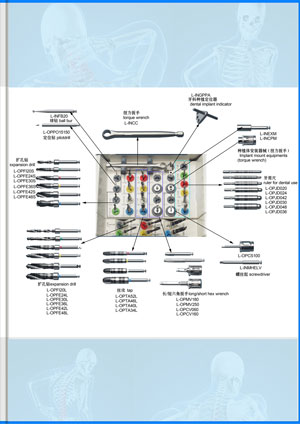




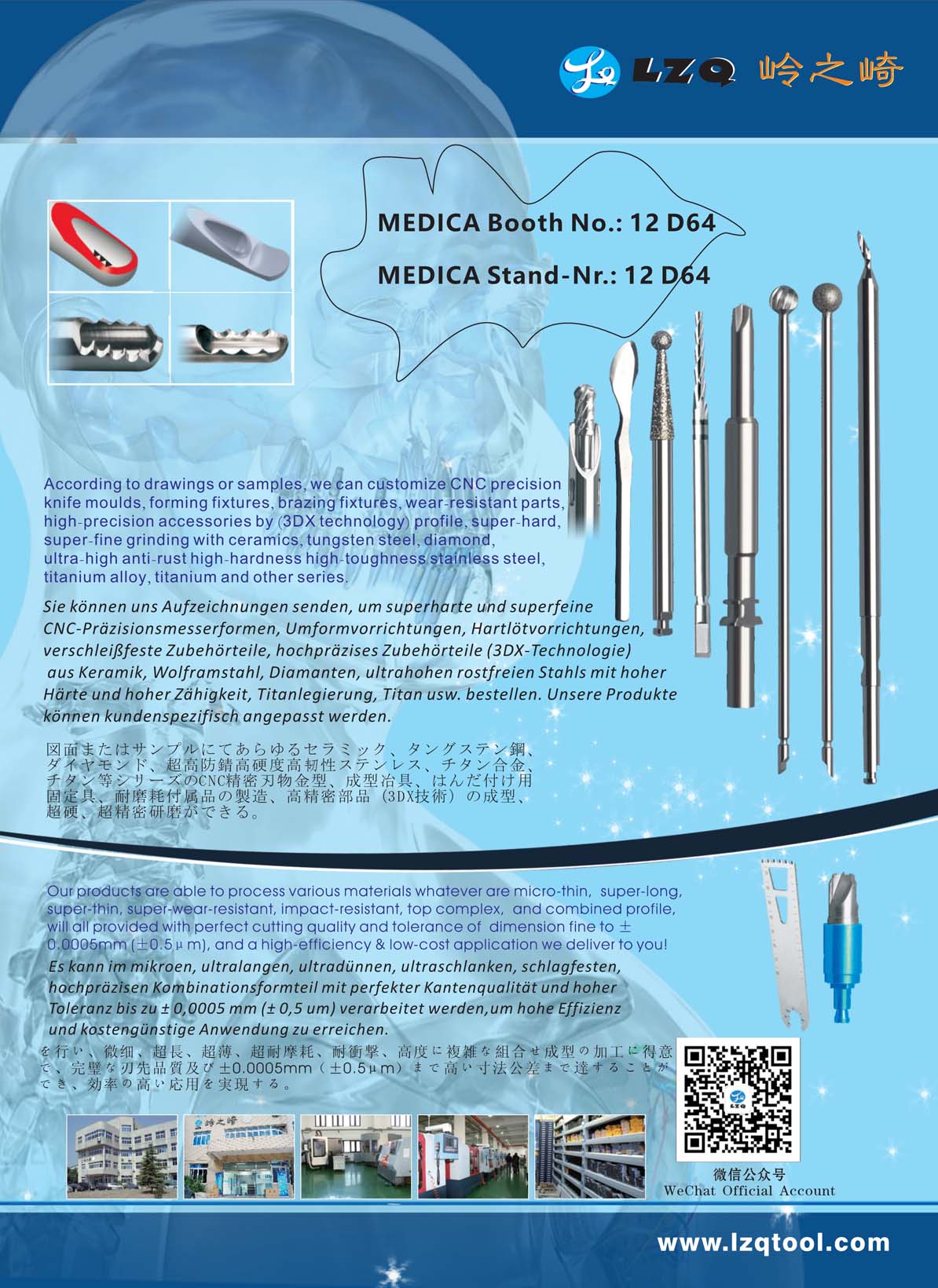
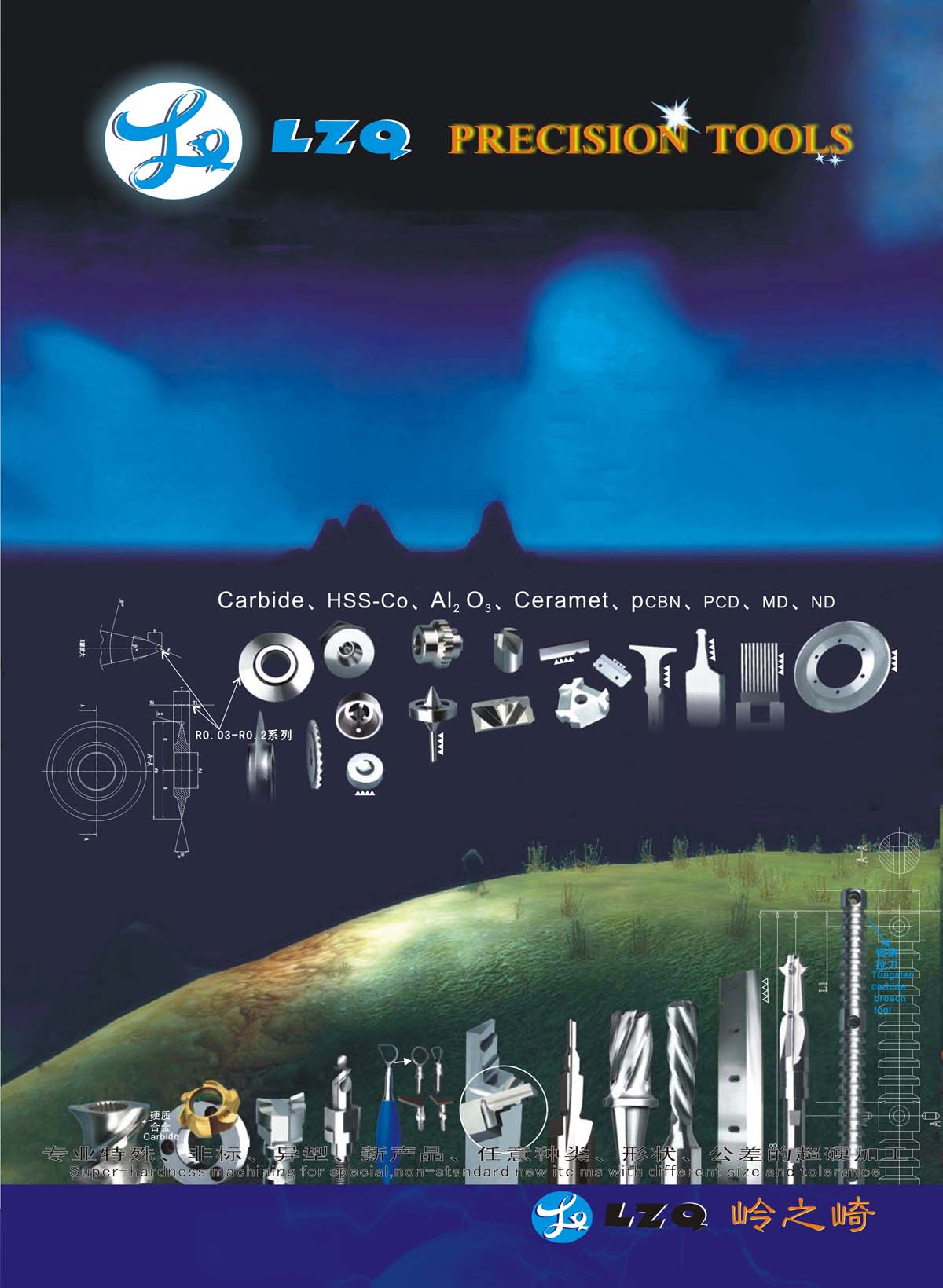
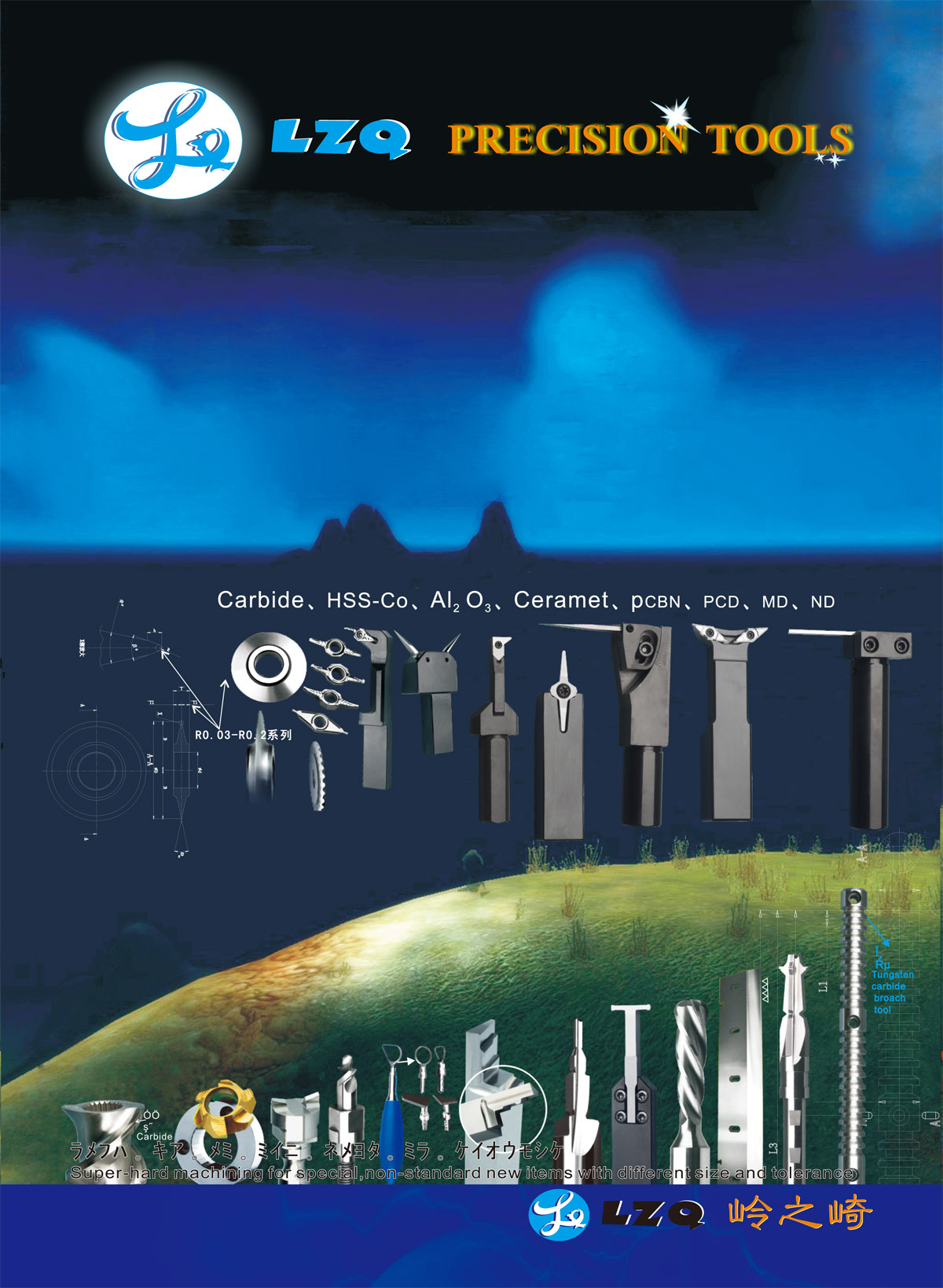









































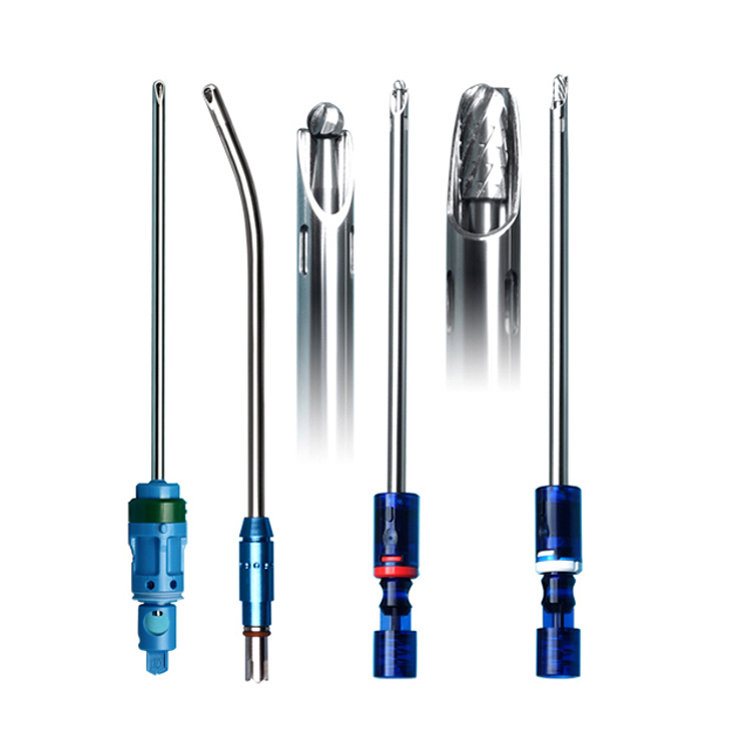




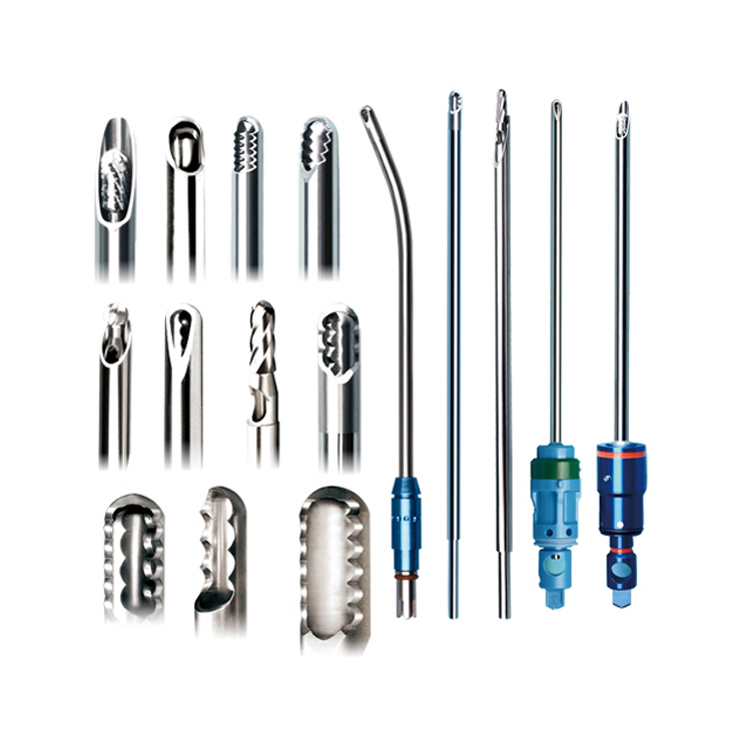













































 +86-021-50327060
+86-021-50327060 
 NO.1269 Plant, Jinhu Road, Jinqiao Export Processing Zone, Pudong New District, Shanghai, China.
NO.1269 Plant, Jinhu Road, Jinqiao Export Processing Zone, Pudong New District, Shanghai, China. 
